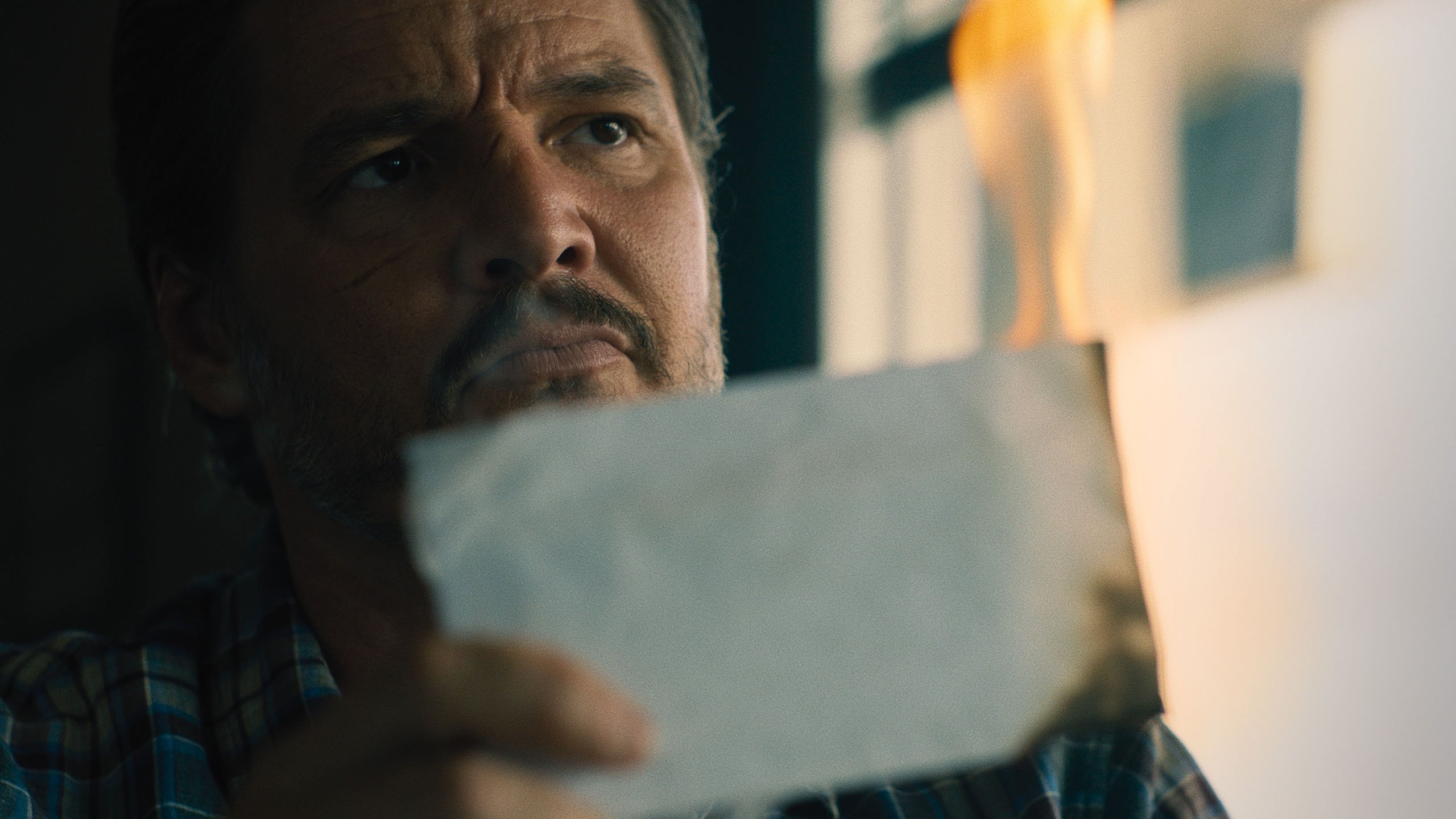Watch Freaky Tales (2025) Movie

In 1987 Oakland, a mysterious force guides The Town's underdogs in four interconnected tales: teen punks defend their turf against Nazi skinheads, a rap duo battles for hip-hop immortality, a weary henchman gets a shot at redemption, and an NBA All-Star settles the score.

In 1987, Oakland was hella freaky. - skinhead
## The Tangled Threads of Fear and Fury: Unraveling the "Freaky Tales" Tapestry
"Freaky Tales," the new anthology film weaving together four interconnected stories set in 1980s Oakland, isn't just a collection of violent vignettes. It's a vibrant, if unsettling, tapestry examining race, identity, and the lingering trauma of systemic oppression, all wrapped in a distinctly Quentin Tarantino-esque package. While some might find the stylized violence and overt messaging heavy-handed, the film ultimately succeeds in provoking thought and sparking uncomfortable conversations.
The film's most potent element is its framing device: the fictional "Freaky Tales" magazine, a lurid, pulp fiction publication that sets the tone for each narrative. The magazine acts as a narrator, providing snarky commentary and context to the unfolding events. This cheeky meta-commentary helps soften the blow of the often brutal content and allows the filmmakers to explore deeper themes without resorting to preachiness.
Let's delve into the "freaky" details of each tale, but be warned: spoilers abound.
**B*TCH:** The first story, starring Dominique Thorne, immediately establishes the film's unflinching portrayal of Black female empowerment. Thorne plays a young woman subjected to incessant catcalling and objectification. Frustrated and enraged, she literally transforms into a monstrous, vengeful figure, turning the tables on her harassers. While the transformation is visually striking and cathartic, the narrative raises questions about the acceptable limits of self-defense and the societal pressures that force women to internalize anger.
**Give Me A Light:** This segment shifts gears to a more grounded, yet equally impactful, narrative. Here, Jay Ellis plays a young man navigating the treacherous world of drug dealing and street violence. He's caught in a moral quandary, torn between loyalty to his crew and the desire to escape the cycle of poverty and despair. The story highlights the limited options available to young Black men in underserved communities and the constant threat of violence that permeates their lives. The ending, while predictable, underscores the tragic consequences of a system that systematically disadvantages certain populations.
**Prank:** This story is arguably the most controversial, tackling the issue of police brutality against Black youth. It depicts a group of teenagers engaging in a seemingly harmless prank that escalates into a deadly confrontation with law enforcement. The segment's bluntness is both its strength and weakness. While it vividly portrays the fear and vulnerability experienced by Black youth in the face of authority, some viewers may find its depiction of the police stereotypical and lacking nuance.
**The Black Belt:** The final tale offers a welcome dose of levity amidst the darkness. It features a young boy who discovers his latent martial arts abilities, allowing him to defend himself and his community against a group of racist thugs. This segment serves as a parable of self-reliance and the importance of community solidarity. It's a triumphant and uplifting conclusion to the anthology, suggesting that even in the face of adversity, hope and resistance can prevail.
Ultimately, "Freaky Tales" is a challenging and thought-provoking film. It's not always easy to watch, and its messaging can be abrasive. However, its unflinching exploration of race, class, and violence in America makes it a worthwhile cinematic experience. The film demands that we confront uncomfortable truths and consider the complexities of the human experience, especially within the context of systemic oppression. Whether you agree with its approach or not, "Freaky Tales" is a film that will stay with you long after the credits roll. It's a reminder that the "freaky" tales of yesterday continue to shape the realities of today.

Post a Comment